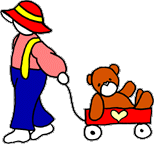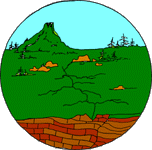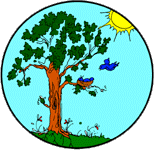






|

|
Elementary Kits
The kits described in this section are materials used in the Integrating Science, Math, and Technology Elementary Reference Curriculum. The codes refer to specific lesson plans. The lesson plans are available on our main site or by purchasing a Reference Curriculum CD. Other materials required for this program are listed under their scientific category. If you would like a pdf of the product list by grade level click here.
Applied Science
Applied Sciences encompasses all of the sciences "rolled" into some product or principle that we use everyday of our lives. Students learn, through hands-on activities, what science is and how math is very important to any study of science. They learn that the principles of physics are so basic to the technology that we use everyday. Students are also introduced to the effects of technology on our planet.Universe Cycle
Hands-on activities teach students about facts and fantasies of the universe. Take a closer look at the Earth and its significance in our Solar System. Geographic locations that are used in labs throughout the year are also explored.Plate Tectonic Cycle
Hands-on activities teach students how scientists investigate the Earth through earthquakes and volcanoes and how they challenge and support present theories. Learning how to cope with disaster caused by plate tectonics is also emphasized.Rock Cycle
Within the rock cycle, chemistry comes alive as students are taught about the periodic chart and how elements combine to form minerals. Throughout this cycle we emphasize the importance of plate tectonics. The remains of past life or fossils preserved in sedimentary rock are used to show how the "present is the key to the past" and why evolution is important in the timing of events on Earth.Water Cycle
Students discover the properties of water that make it the perfect liquid for life. We learn about the molecular structure of water and its uniqueness, including surface tension, capillary action, density, and other physical properties. Students also learn about how the oceans, atmosphere, and weather are all related.Life Cycle
Students learn about themselves and their environment. They study tissues, organs, body functions, diseases, and genetics. Hands-on activities include looking at various organisms by determining the different groups of vertebrates and invertebrates. Students learn about plant parts, photosynthesis, the carbon cycle, and why plants are important. The food chain and how it is involved in the natural environment gives students a perspective on how we all interrelate on this planet.




